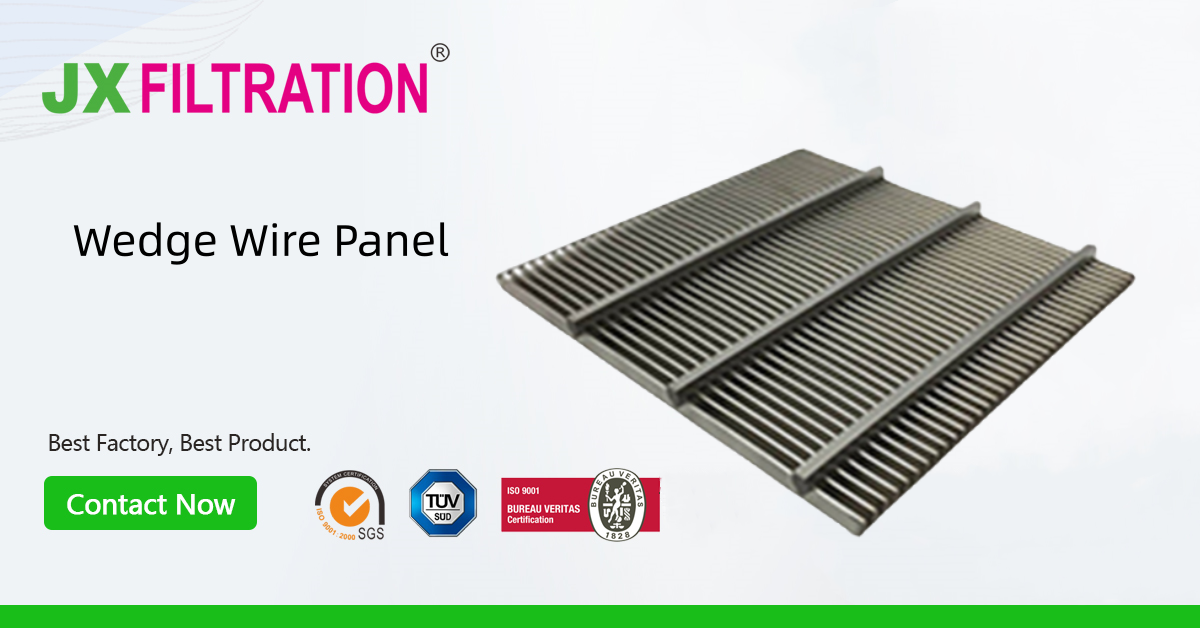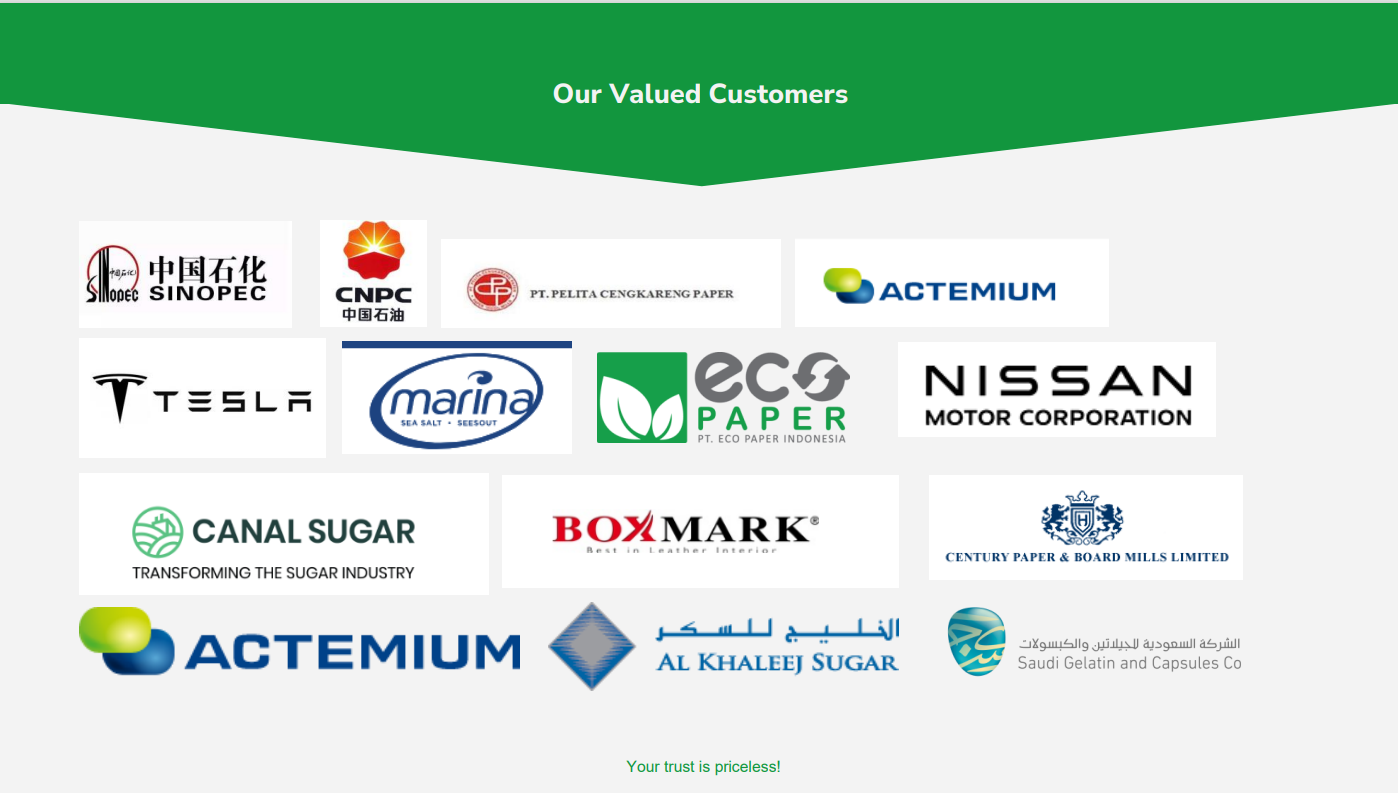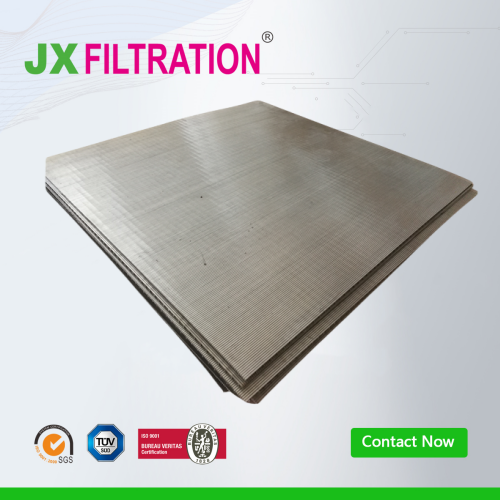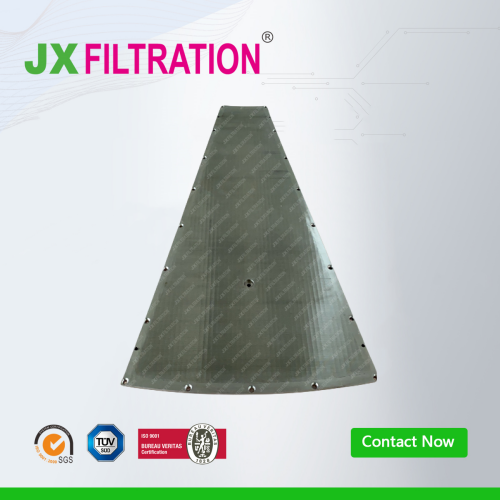Four Commonly Used Screen Plate Structures
-
Perforated Screen Plate:
- Advantages: Simple structure, easy to manufacture, and cost-effective. Suitable for general screening applications.
- Disadvantages: Limited in handling materials with high viscosity or prone to blockage. Lower screening efficiency for fine particles.

-
Woven Wire Screen Plate:
- Advantages: Versatile and suitable for various applications. Offers good wear resistance and can handle high-temperature materials.
- Disadvantages: Prone to wear and tear over time. May have limitations in terms of opening size and particle size control.
-
Polyurethane Screen Plate:
- Advantages: Excellent wear resistance and corrosion resistance. Suitable for high-frequency vibrating screens. Long service life and good screening efficiency.
- Disadvantages: Higher cost compared to other materials. Limited in handling high-temperature materials.
-
Rubber Screen Plate:
- Advantages: Good wear resistance and noise reduction. Suitable for applications where noise levels need to be minimized.
- Disadvantages: Limited in handling abrasive materials. May have lower wear resistance compared to polyurethane.
When choosing a screen plate structure, it's crucial to consider the specific requirements of the material being processed, the operating conditions, and the desired screening efficiency. Each type has its own strengths and weaknesses, and the selection should be based on the unique needs of the application.
Any Requirements, Contact Us Now!
Kris
Email/Teams: kris@filtrationchina.com
Mobile/Whatsapp/Wechat: +86 18980776200


